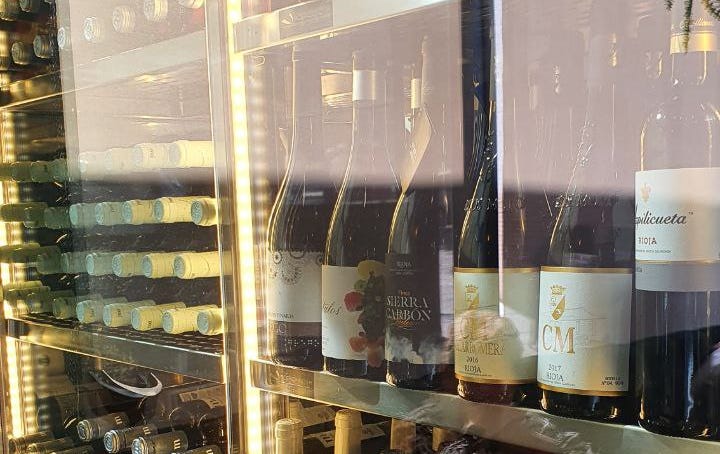#5 📈 The harvest festival or how to maximize the profitability of a winery
We plan the amount of product that we are going to dedicate to must, young wine, crianza, reserve or premium reserve
From Aranda de Duero to Requena and from Lanciego to Jerez, different grape harvest festivals are spread throughout Spain. The festival kicks off the wine season, and wineries and producers take advantage of these dates to showcase their new products.
These are very significant dates.
So much so that it is not only a time for enjoyment, but also for planning. After a process that has been perfected over time, the winery can choose how much juice to dedicate to each type of wine.
How can the production of different types of wine be planned to maximize profitability? Especially if we take into account that...
Each type of wine will have a price -the more it is aged, the higher the price-.
But also a cost -the more aged it is, the higher the cost will be-.
And at the same time we have to take into account that part of the wine evaporates.
So in this edition of Feasible we will see:
The critical moment in terms of a winery's profitability.
A concrete example of how to get the most out of good planning with 10,000 liters of juice.
Let's go for it!
From grape 🍇 to glass 🍷
Winemaking is a process with more than 6000 years of history.
Although it has become highly professionalized and has very high quality standards, the essence of the process remains the same as the one followed by our ancestors.
In this process, after picking the grapes -the grape harvest-, the bunches are destemmed and the grapes are crushed, then macerated and undergo a first alcoholic fermentation, pressing and a second malolactic fermentation.
So far so good.
I'm sure I haven't discovered anything new. I'm not the greatest wine expert and I'm not going to provide knowledge on all these steps. But between this second fermentation and serving in the glass there is a key step in this whole process.
The aging process
The wine obtained after applying the above steps is placed in wooden barrels, normally made of French or American oak. This wood is previously treated with heat in order to give it the necessary shape, making the wood present different degrees of toasting.
And it is this toasting that gives aromatic notes to the wine, changing its composition.
You know that this wine tastes of toasted oak with a rosemary aroma and that kind of thing that is said in a tasting, right? Well, it comes from this aging process, which can last -and in fact, does last- for years.
During the time in the barrel, a series of physical-chemical processes take place, to which are added the micro-oxygenation of the wine thanks to the porosity of the wood, so that the wine evolves and develops its characteristics. In parallel to this aging, additional work is carried out to eliminate the impurities and sediments that the wines carry with them from the fermentations.
If we look at it from an economic point of view, the barrel aging process:
Causes part of the wine to evaporate with the passage of time, so profitability is lost.
It increases the price at which the wine can be sold, since a young wine is not the same as a reserve.
But there is a second part in the aging period, which takes place in the bottle.
During this new aging period, the wine will evolve again in a reductive atmosphere, assimilating the oxygen that is introduced into the bottle when the cork is put in place. In this new stage, the wine stabilizes and the aromas and properties it had acquired in the barrel find a point of balance and harmony. Depending on the total aging time in barrel and bottle, we will obtain a crianza, reserve or premium reserve wine as the final product.
From an economic point of view, the aging process in the bottle increases the costs of the wine due to the storage itself, adding an extra cost to those already incurred.
Therefore, aging -both in barrel and in bottle- is the part of the whole process from the harvest to serving in the glass that can most affect the profitability of a winery.
💶 And since we're on the subject of profitability, why don't we put some numbers to it?
Wine economy experts say that to be profitable, a small winery should sell between 3,000 and 10,000 bottles per year. For each bottle, approximately 1 kg of grapes is needed, so we would be talking about between 3,000 and 10,000 kg of grapes. For the sake of simplicity, let's look at an example with 10,000 liters of juice or, in other words, about 13,000 kg of grapes.
Of all this juice, let's assume that:





